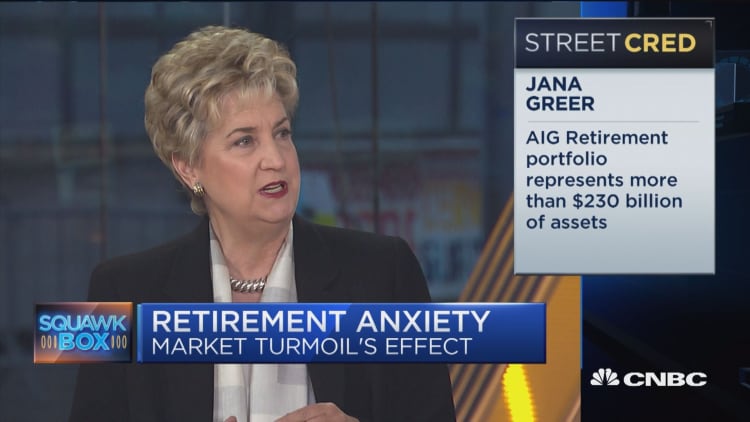More people are saving for retirement today and they're starting to do so younger.
Still, they're not putting nearly enough away, according to a new report from the Stanford Center on Longevity.
People should save between 10 percent and 17 percent of their income if they plan to retire at 65 (even if they start at 25), the researchers write.

Most people aren't meeting that goal. Family members aged 25 to 64 are saving a median of only about 6 percent to 8 percent of their income.
"It's not enough just to say, 'Are people saving for retirement'" said Tamara Sims, a research scientist at Stanford. "When you break it down and look at what amount they're contributing, it's at least half of what they should be."
Many companies today automatically enroll their employees in their 401(k) retirement plans with a default rate. This practice has more people saving, yet it has also made some complacent about their retirement planning, Sims said. "They're not necessarily making the optimal decision for them, as an individual," she said.
Also, just about half of American employees have access to a retirement plan at work.
The researchers at Stanford looked at whether people's retirement savings outside of work could be making up for their insufficient workplace savings. They're not.
"In American culture, we don't like to think about being old," Sims said. "That has huge implications for how much people are willing to take time planning for their long-term future."
She pointed to one intervention that has had positive effects; in it, people are shown a digital image of their future self. Then, "they're more willing to put money in a retirement account," she said.



